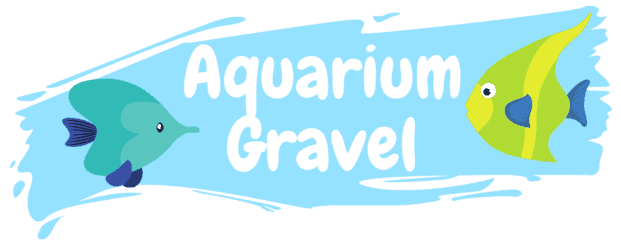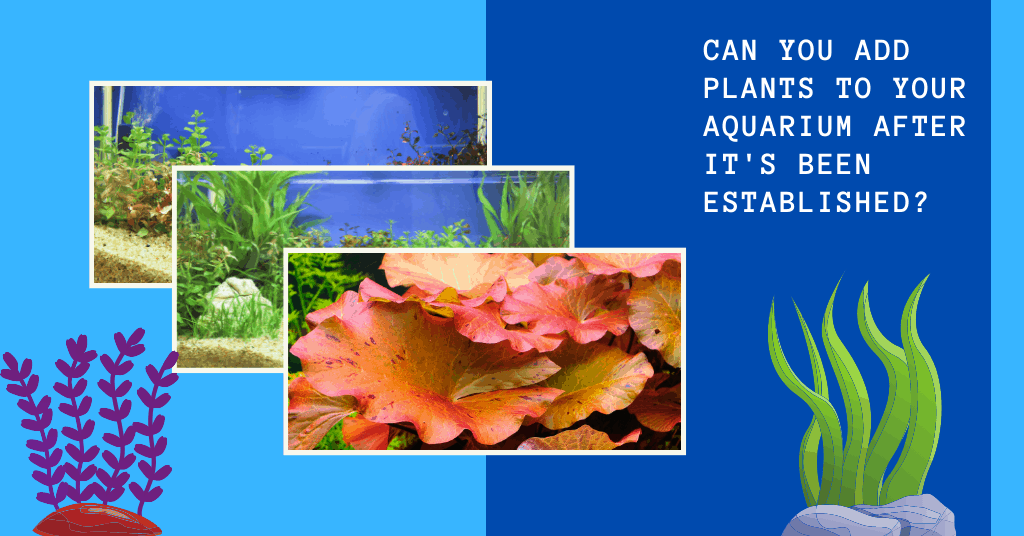Last Updated on November 17, 2021 by cmoarz
I build a lot of aquariums that use live plants. I can’t stand that fake stuff. So when talking to people, I usually end up getting them to think about getting rid of their plastic plants and adding their own live plants instead. And with that, they often ask me about adding plants to an already established aquarium and if it’s possible. I’m going to answer that here so I can just give them a link to this blog post!
Adding plants to an established tank
Table of Contents
tl;dr For skimmers
You can add plants to an established tank. They will need time to adjust to water parameters, so they may look like they are dying for a time. This will soon pass. You can safely add plants to an established aquarium whenever you wish.
There are, however, Things you can do to improve the time it takes for them to adapt.
Allowing a slow drip-feed of aquarium water into the bag that the live plants came in from the store can help stave off many of the changes that can occur when adding plants to an established aquarium, Much like we do when we acclimate new fish to our tanks.
This will speed up the time it takes for plants to become used to the new environment, and decrease the amount of time it looks droopy and dying.
But of course, there is always “the best” time to add plants to an aquarium. Let’s get into it.
Adding plants when setting up a new aquarium.
The best time to add plants to an aquarium is always going to be during the initial setup. This does several things:
- It allows the plant to acclimate to its new water parameters.
- It makes it easier to place the plant into the substrate by keeping the water level only a few inches deep.
- It gives the plants time to root into the substrate so they don’t get knocked around by fish and other tank inhabitants (looking at you specifically snails).
- Changes are easier to make if it’s not turning out the way you want it to.
Overall it’s just an easier situation when adding live plants to an aquarium.
If you can’t get them in at this time, it’s still possible to add plants to an established tank! There is no issue with that.
Some things to consider
Plants might ‘die’ after adding due to emersed growth.
Emersed growth is the period of time before a plant becomes accustomed to its new environment. It’s the time of adjustment as the plant acclimates to changes in water parameters and substrate type.
The top of the plant outside of the water could grow faster than the parts of the plants underwater.
Because of this, The plant may look like it’s dying and drooping over. This can be expected and is often a sign the plant has taken root in its new environment.
It can take anywhere from one to three weeks for plants to acclimate, so don’t panic if they seem droopy during that time.
To shorten this period, you can do things like drip-feeding them aquarium water into the store bag, slowly adding aquarium water to the bag they came in from the store will help them acclimate quicker.
The problem is, some plants are more hearty than others and will require the drip acclimation method, while others may simply droop a bit and then bounce back.
If you’ve got a particularly sensitive species, it’s entirely possible the shock of new water parameters can kill it.
Preparing live plants before adding them to the aquarium.
Preparing live plants before adding them to the aquarium is a bit different depending on the type of plant being used. For instance, you would want to rinse rooted plants in treated water and shake off excess substrate or dirt, or other contaminants from store tanks.
You want to check for hitchhikers, such as bladder snails, and other aquatic pests before adding to the tank.
Some of those pests may include:
Bladder Snails – They are the most common hitchhikers, and are easy to identify as they are shiny pink in color. They grow around 1-2 cm in size and their eggs are attached to plants in the aquarium. If these eggs hatch, you will find small pink snails on your plants.
Cerceius Shrimp – These shrimp can be found either living near the substrate or swimming at the surface of the water column. The Cerceius Shrimps can grow up to 2 cm in size which is what makes them a large enough problem that people often don’t notice until it is too late!
Rods – Small-inch-long translucent worms that live on plant leaves and get inside them.
While there is a good chance you won’t be able to get every hitchhiker every time, it’s worth checking for them and trying to shake any off.
Do I need to cycle the tank before adding plants?
In the case of cycling, plants may suffer some minor damage from a few chemicals in the water. The good news is that it’s not too big of an issue for live plants, so if you’re going to be cycling your tank anyway, and you’re adding live plants at the same time, don’t worry!
In fact, Plants may aid in the cycling process by taking up some of these chemicals and can help speed up the entire initial cycle.
Just avoid using some of the more sensitive species, such as elodea.
Switching From Plastic Plants to Live Aquarium Plants
You have to take care of live plants in a different way than plastic plants. For one, you will need to provide oxygen, nutrients, and possible C02 for the plants. You can do this with various fertilizers and substrates, or by adding air stones.
Live plants will also need time to adjust to their new environment. You should remove them from their store packaging and put them into water within 24-48 hours of purchase (longer is not recommended). You need to gradually introduce the plant to its new environment by exposing it to water over time in the form of a drip as stated above. This will help the plant adapt faster and less destructively.
Generally, while you would clean plastic plants from time to time, Live plants can’t be cleaned in the same ways.
Cleaning live plants requires pruning overgrowth, removing dead leaves, and having fish that will graze on various types of algae off the plant foliage.
About
Owner of AquariumGravel.com and also owner of actual Aquarium Gravel believe it or not! ;). Setting up beautiful aquarium sceneries and habitats since I was very young. Enjoy!
- Web |
- More Posts(290)

